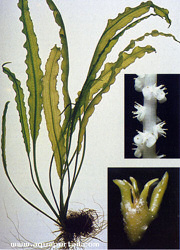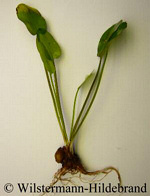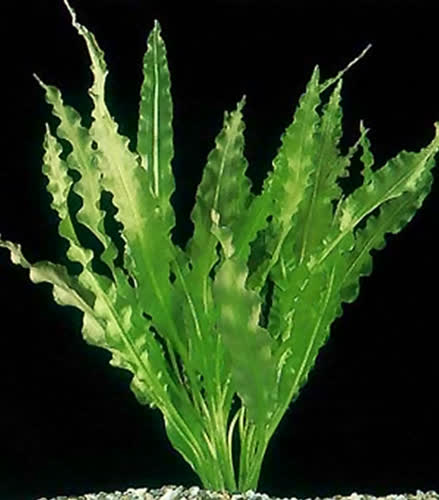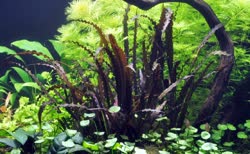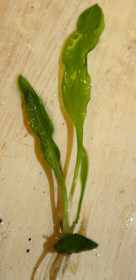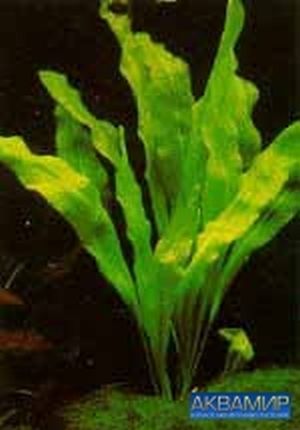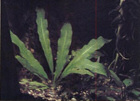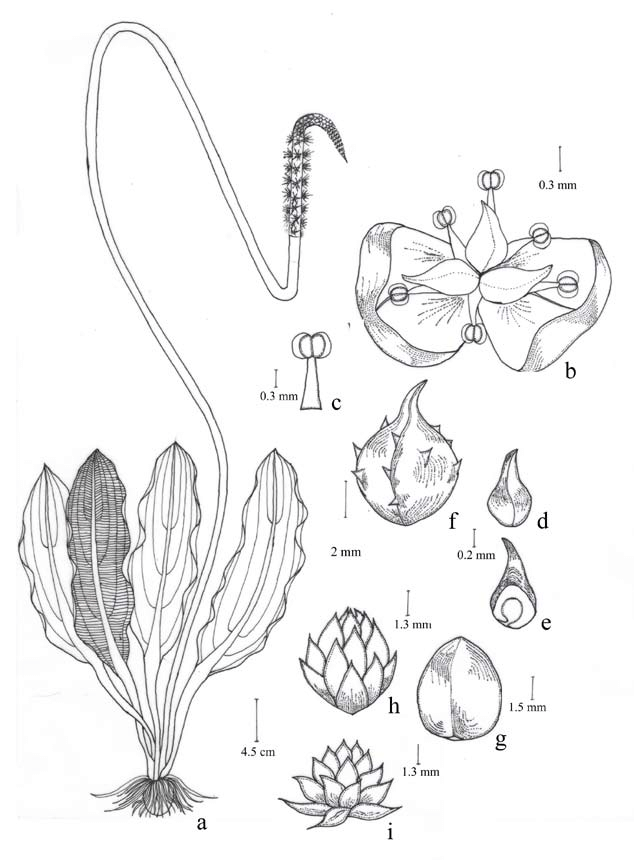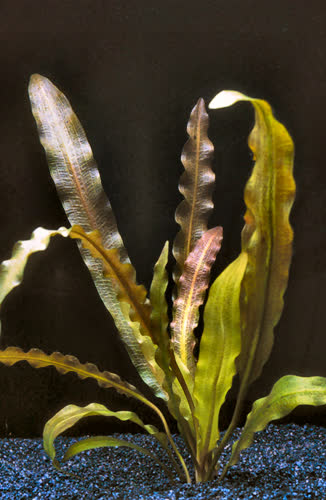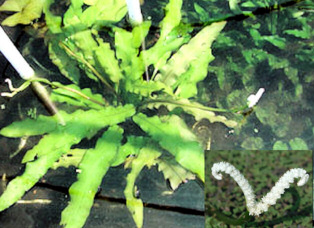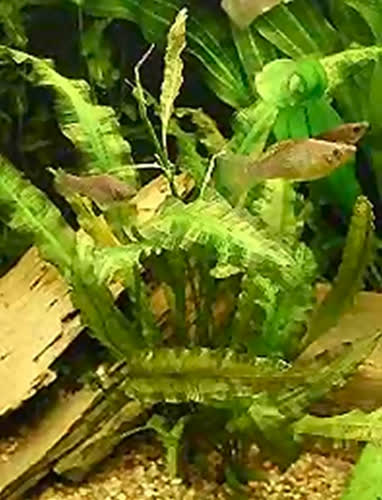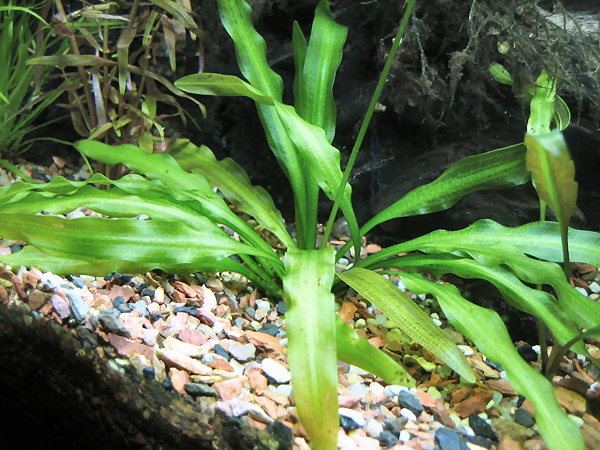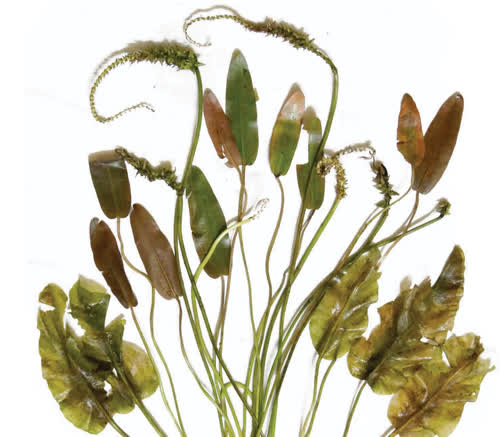|
Described in 1968 by HWE Van Bruggen. Found in Eastern and Western coastal India in fresh or brackish water; found at depths up to 1.5 to 3M, with depths 1M greater during high tide. |
|
Growing in rice fields on Tacarli River at Nerurpar-Dhamapur (16 ° -0 '41''N, 73 ° -37 `30 `` east longitude), 15-20 m above sea level, so far, this type location is the only location it's known from. The annual rainfall there is 200-225 mm drop, mostly from June to September in the summer rainy season. The water all but dries up in the dry season. |
|
Probably the most common Aponogeton in culture, known to science since 1791, this plant is found in Sri Lanka and South India. |
|
Threatened in its native Sri Lanka on the coastal wetlands. |
|
Discovered in 1897, similar to A. elongatus, but found only in New Guinea. Rare in both aquaria and nature, not a terribly robust species. |
|
Described in 2017 by Yadav et al. Found so far in only three ponds a good distance apart. In Rajapur, Surla / Chorla and Dhargal the shape, size and proportions of the leaf are different, even the creeping rhizome (not a "tuber") is different. See the Table 1
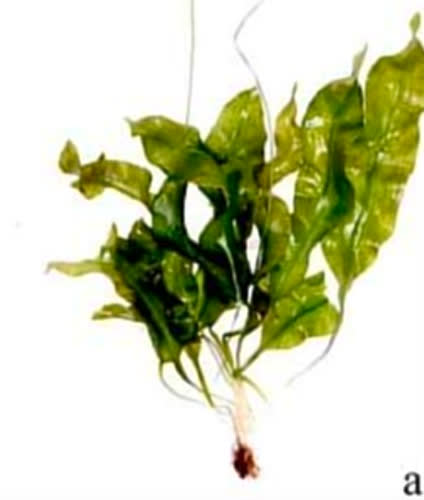
|
|
Leaves are quite leathery as the name suggests. |
|
Josef Bogner stated in an Aqua Planta article that A. robinsonii plants, only developing long submerged but not true floating leaves, represent another closely related species, A. eberhardtii. |
|
Found in India. |
|
Note the tiny plantlet at the end of what would otherwise be an inflorescence. |
|
New in 2016! |
